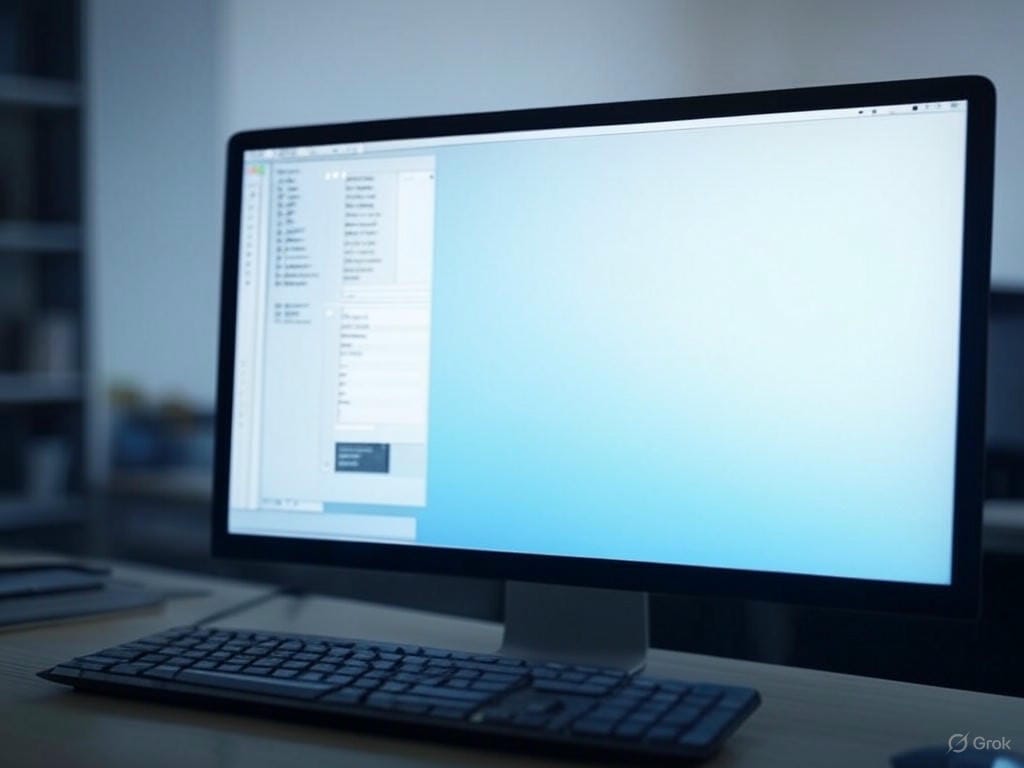How to Create Modal Windows Using Pure CSS: A JavaScript-Free Guide
Did you know that you can build fully functional modal windows without a single line of JavaScript? It might sound like a wild idea, but modern CSS has some hidden tricks up its sleeve that can rival traditional JavaScript solutions. In this comprehensive guide, we’ll uncover how to create interactive modal windows using pure CSS, exploring techniques that push the boundaries of what CSS was originally designed to do. Whether you’re a beginner or a seasoned developer, this tutorial will show you a unique, lightweight approach to enhance your web projects.
What Are Modal Windows and Why Use Them?
Modal windows, also known as dialog boxes or popups, are overlay elements that appear on top of the main content of a webpage. They are designed to capture user attention and often require interaction before returning to the underlying page. You’ve likely encountered them in various forms, such as login prompts, image lightboxes, user notifications, or subscription forms. Modals are essential for creating focused user experiences, guiding visitors through critical actions without navigating away from the current page.
Traditionally, developers rely on JavaScript or libraries like Bootstrap to manage the behavior of modals, including showing, hiding, and handling user interactions. However, JavaScript can sometimes add unnecessary weight to a project, especially for simple implementations. This is where pure CSS comes in as a surprisingly powerful alternative, offering a lightweight, dependency-free solution that still delivers impressive results.
The Challenge: Building Modals Without JavaScript
Creating modal windows typically involves three key functionalities: displaying the modal when triggered, hiding it when dismissed, and managing focus or keyboard interactions for accessibility. Without JavaScript, achieving these state changes might seem impossible at first glance. However, CSS provides clever techniques that leverage built-in browser behaviors to mimic interactivity. Two standout methods are the :target pseudo-class and the so-called ‘checkbox hack,’ both of which we’ll explore in detail.
Core CSS Techniques for JavaScript-Free Modals
1. The :target Pseudo-Class
The :target pseudo-class is a powerful CSS tool that activates when an element’s ID matches the hash fragment in the URL. For example, if a URL ends with #myModal, any element with id='myModal' can be styled differently using the :target selector. This behavior allows us to show or hide a modal based on the URL state. When a user clicks a link pointing to #myModal, the browser updates the URL hash, triggering the CSS to display the modal.
Here’s a basic example of how to use :target for a modal:
/* Modal is hidden by default */
.modal {
opacity: 0;
visibility: hidden;
position: fixed;
top: 0;
left: 0;
width: 100%;
height: 100%;
background: rgba(0, 0, 0, 0.5);
transition: opacity 0.3s ease;
}
/* Show modal when targeted */
.modal:target {
opacity: 1;
visibility: visible;
}
By linking to the modal’s ID, such as <a href='#myModal'>Open Modal</a>, and providing a way to ‘close’ it by navigating away from the hash (e.g., <a href='#'>Close</a>), we can control visibility purely through CSS.
2. The Checkbox Hack
Another ingenious method is the checkbox hack, which uses an HTML checkbox input and the :checked pseudo-class to toggle states. By pairing a checkbox with a label and styling sibling elements based on the checkbox’s state, we can create interactive components like modals without JavaScript. For instance:
/* CSS to show/hide modal */
.modal {
display: none;
}
#modalToggle:checked ~ .modal {
display: block;
}
This technique uses the sibling combinator (~) to style the modal based on whether the checkbox is checked, effectively toggling its visibility.
Advantages of Pure CSS Modals
Opting for a pure CSS approach offers several benefits. First, it reduces dependency on external libraries or scripts, resulting in faster load times and a lighter codebase. Second, it’s an excellent learning opportunity to deepen your understanding of CSS capabilities and browser behaviors. Lastly, for simple modals, this method can be more maintainable and accessible when implemented correctly, as it avoids the complexity of JavaScript event listeners.
Limitations and Accessibility Considerations
While pure CSS modals are innovative, they come with limitations. Managing focus for keyboard navigation and screen readers can be challenging without JavaScript. The :target method alters the URL, which might affect browser history or SEO if not handled carefully. Additionally, complex interactions or dynamic content loading are beyond the scope of CSS alone. To mitigate accessibility issues, ensure proper ARIA roles (like role='dialog') and test with assistive technologies.
Conclusion: Innovate with Pure CSS
Creating modal windows with pure CSS is a testament to the unexpected power of modern web styling. By leveraging techniques like the :target pseudo-class and the checkbox hack, you can build lightweight, interactive components that challenge conventional frontend development practices. While not a complete replacement for JavaScript in all scenarios, this approach is perfect for minimalistic projects or as a creative exercise to expand your CSS expertise. Experiment with these methods, prioritize accessibility, and discover how far you can push CSS in your next web design project.

Leave a Reply